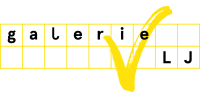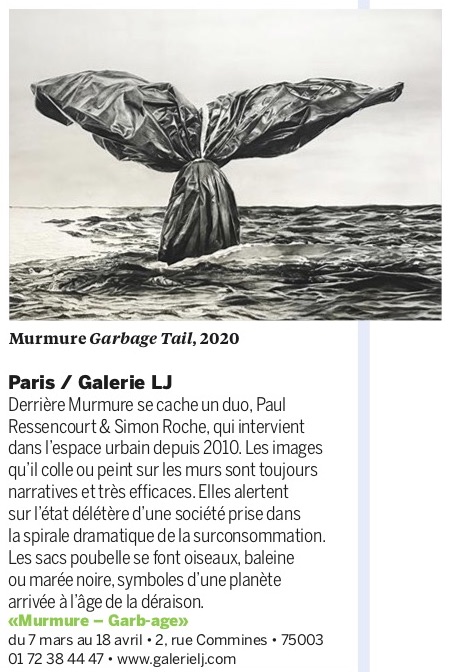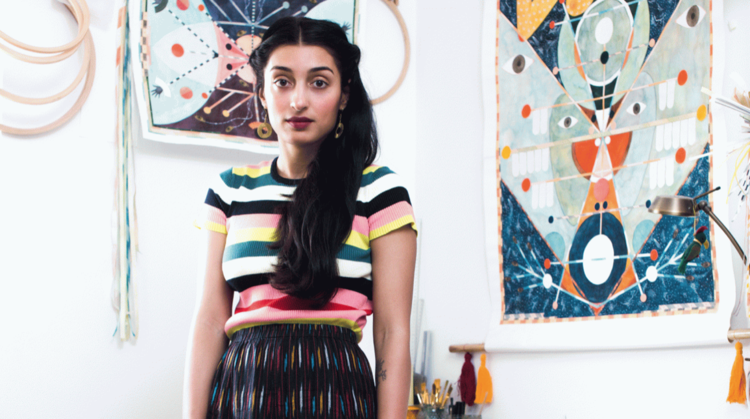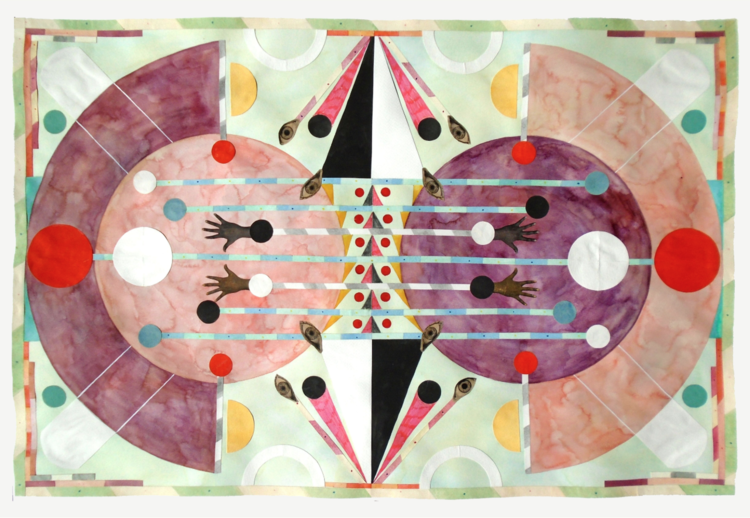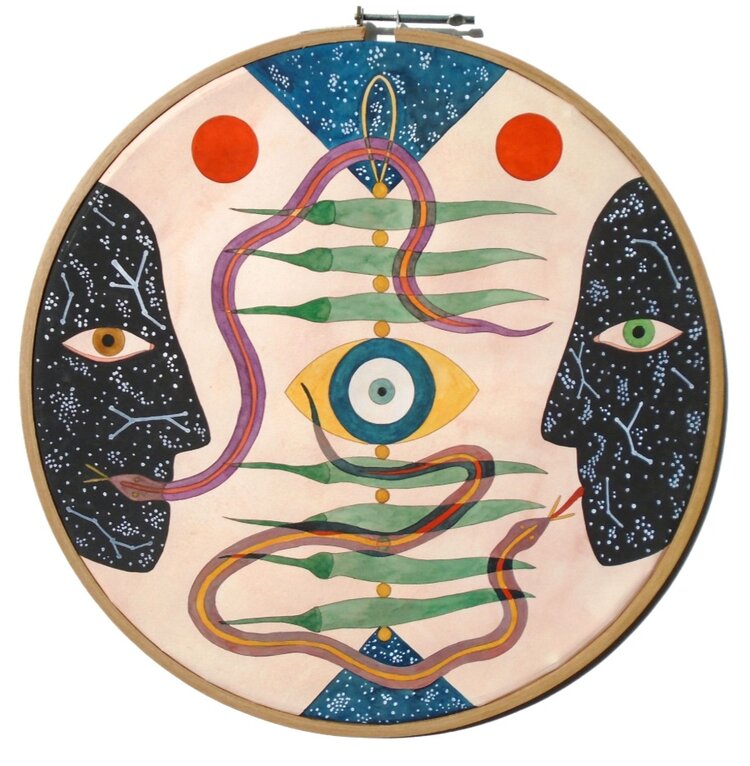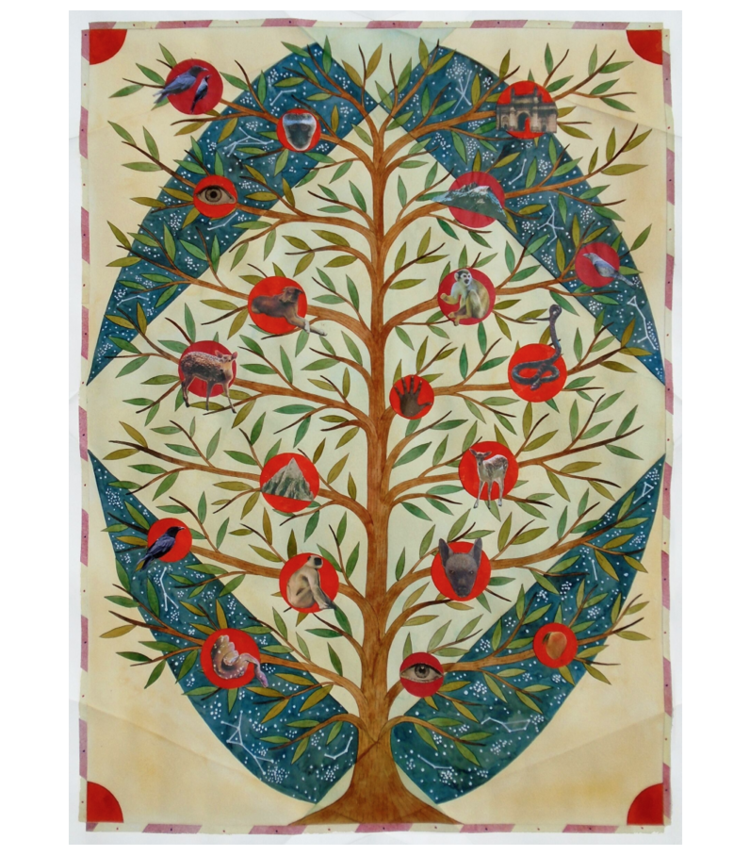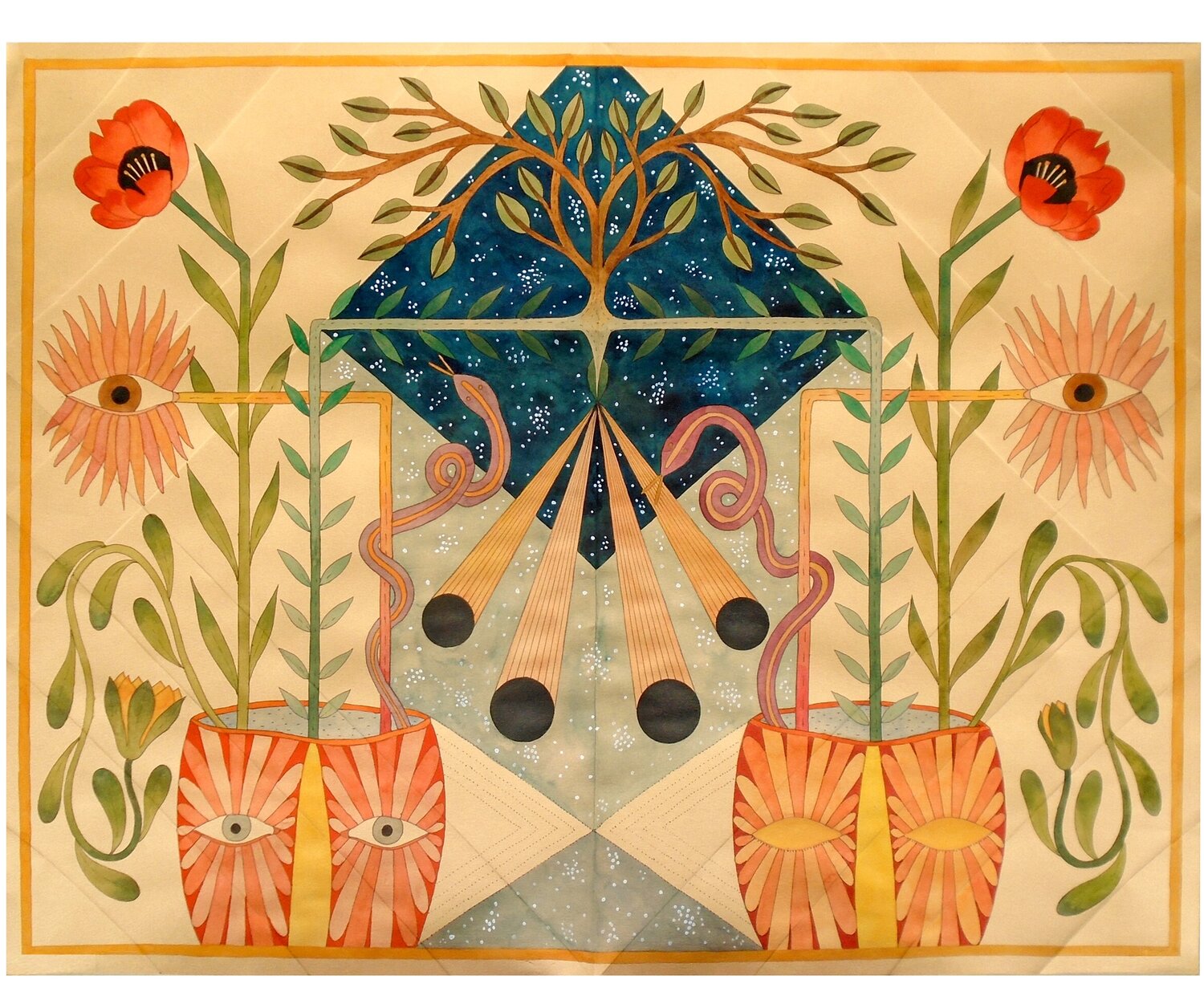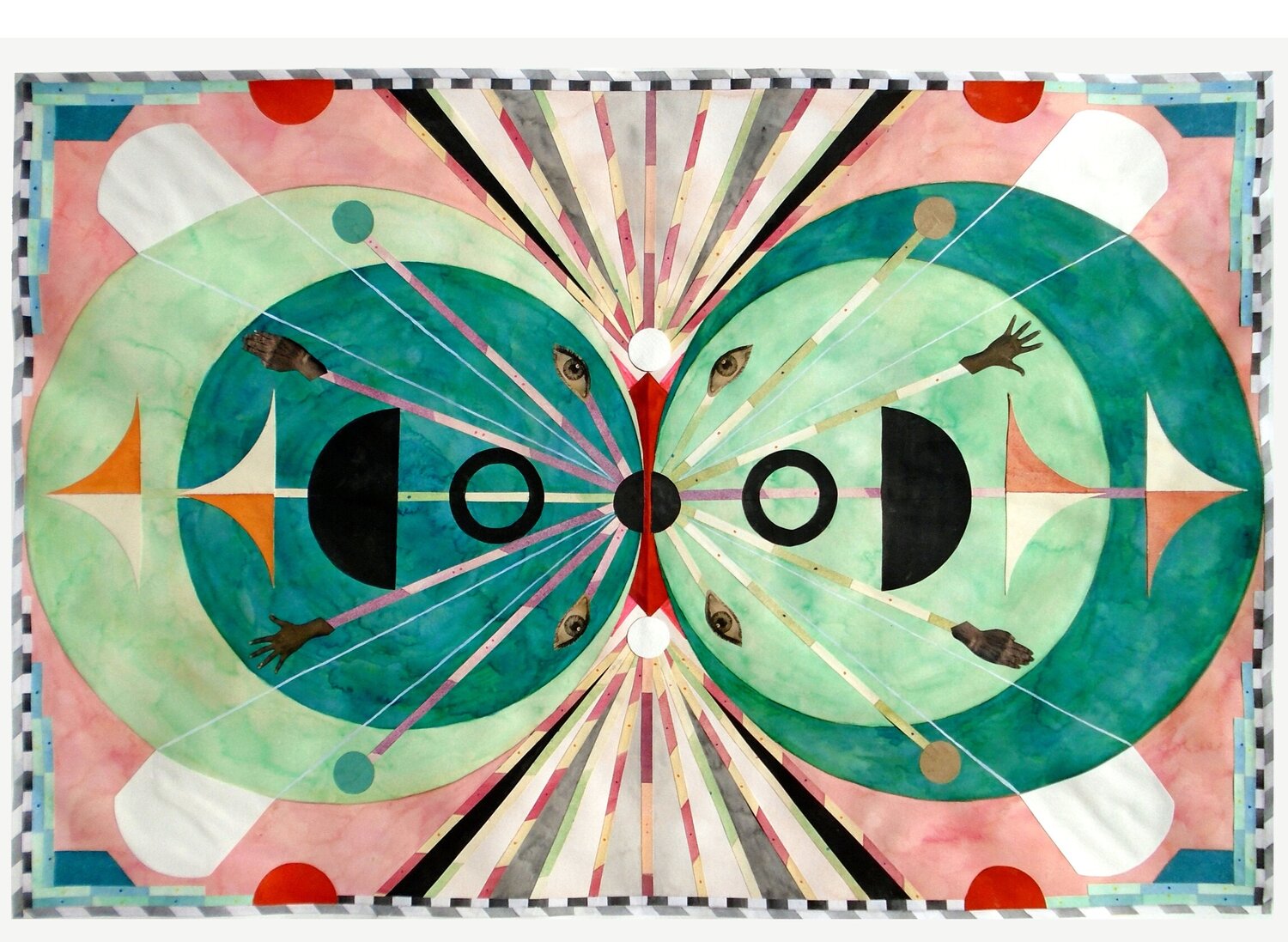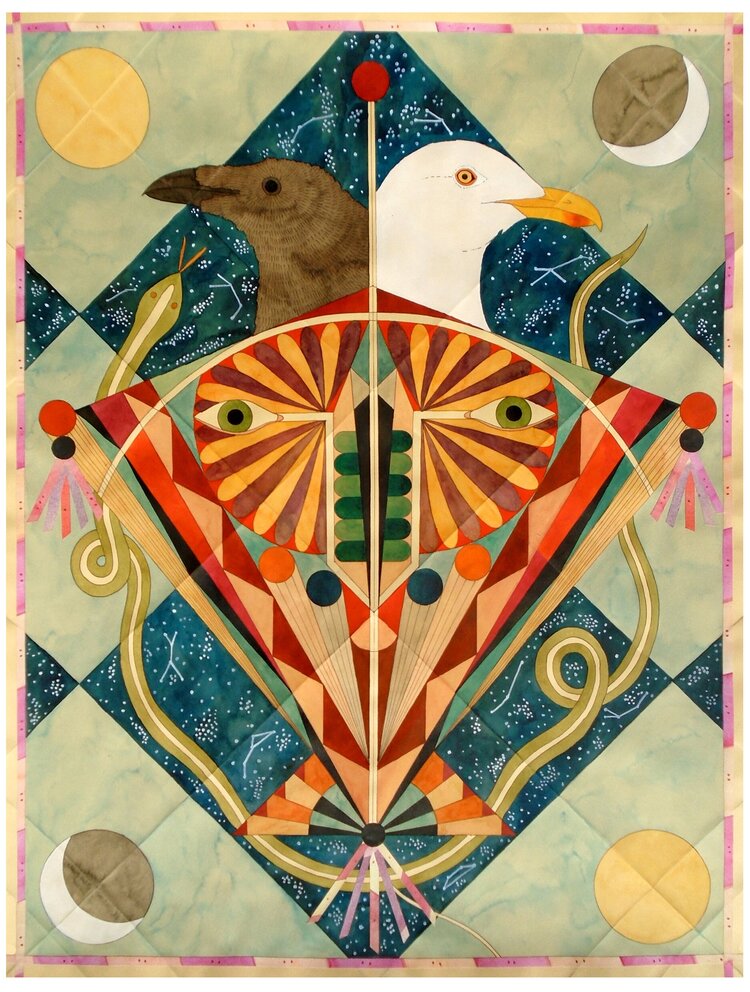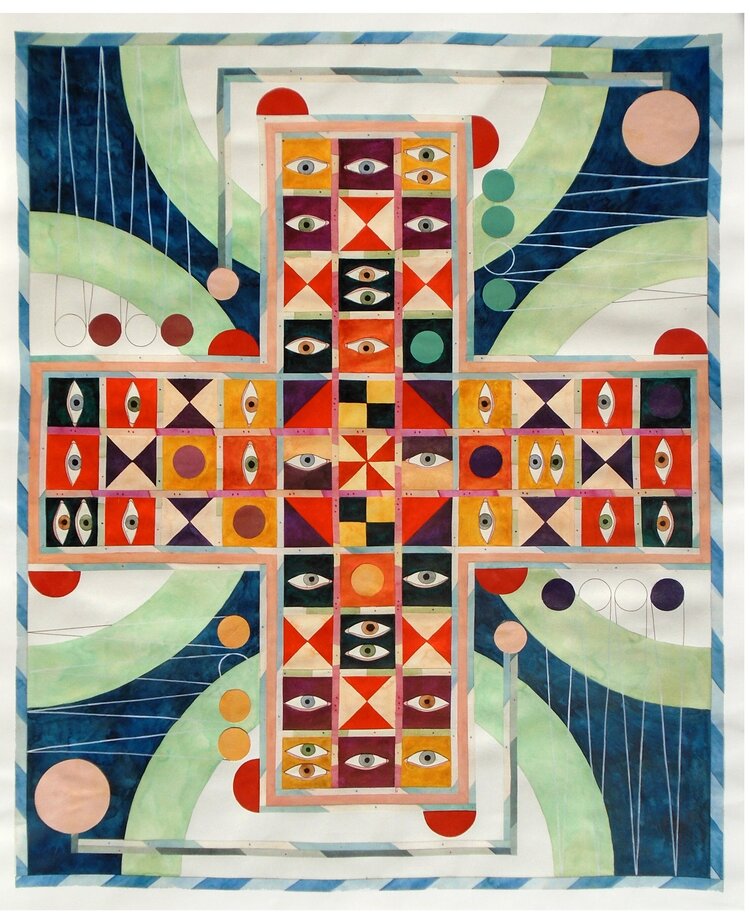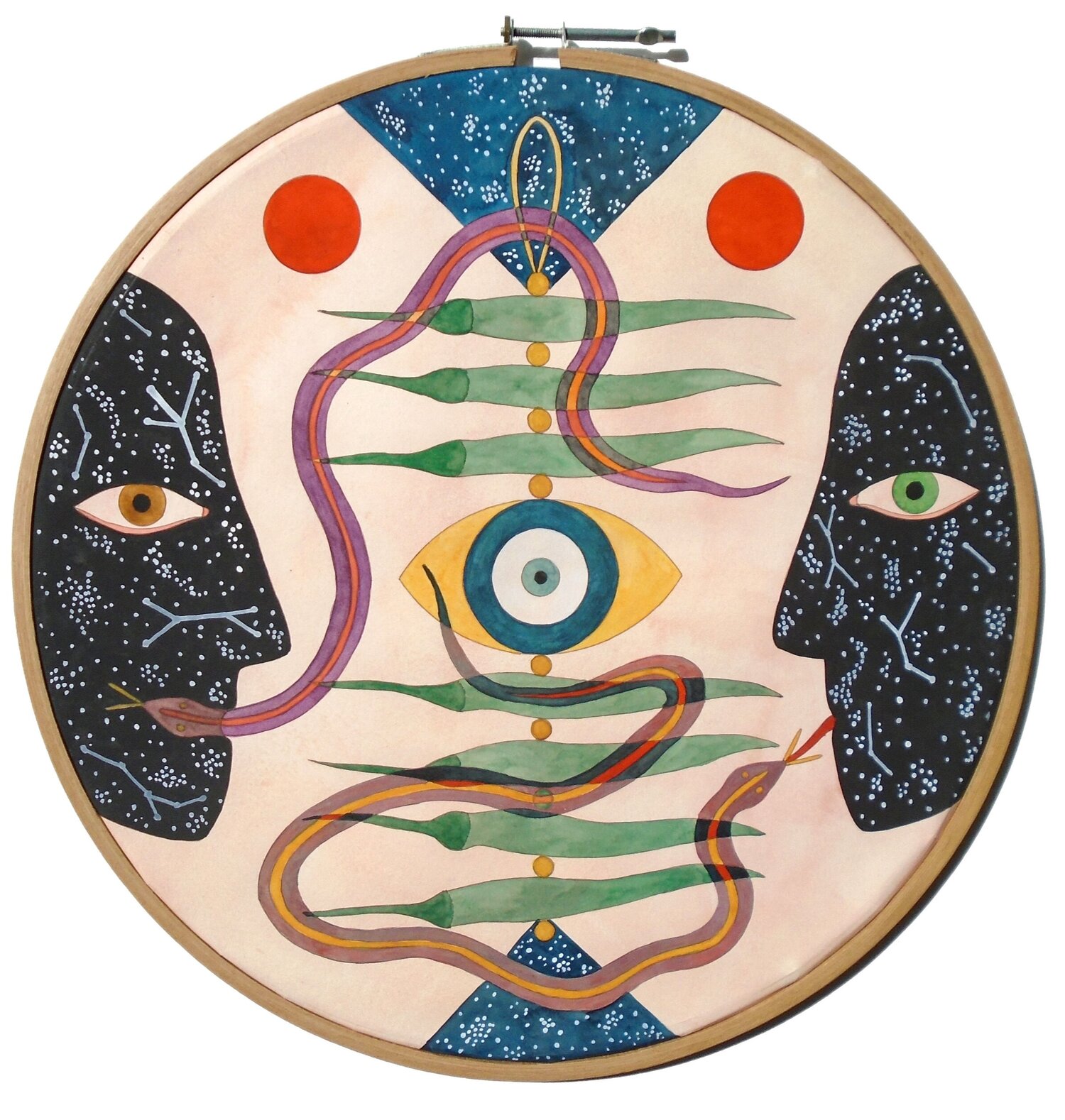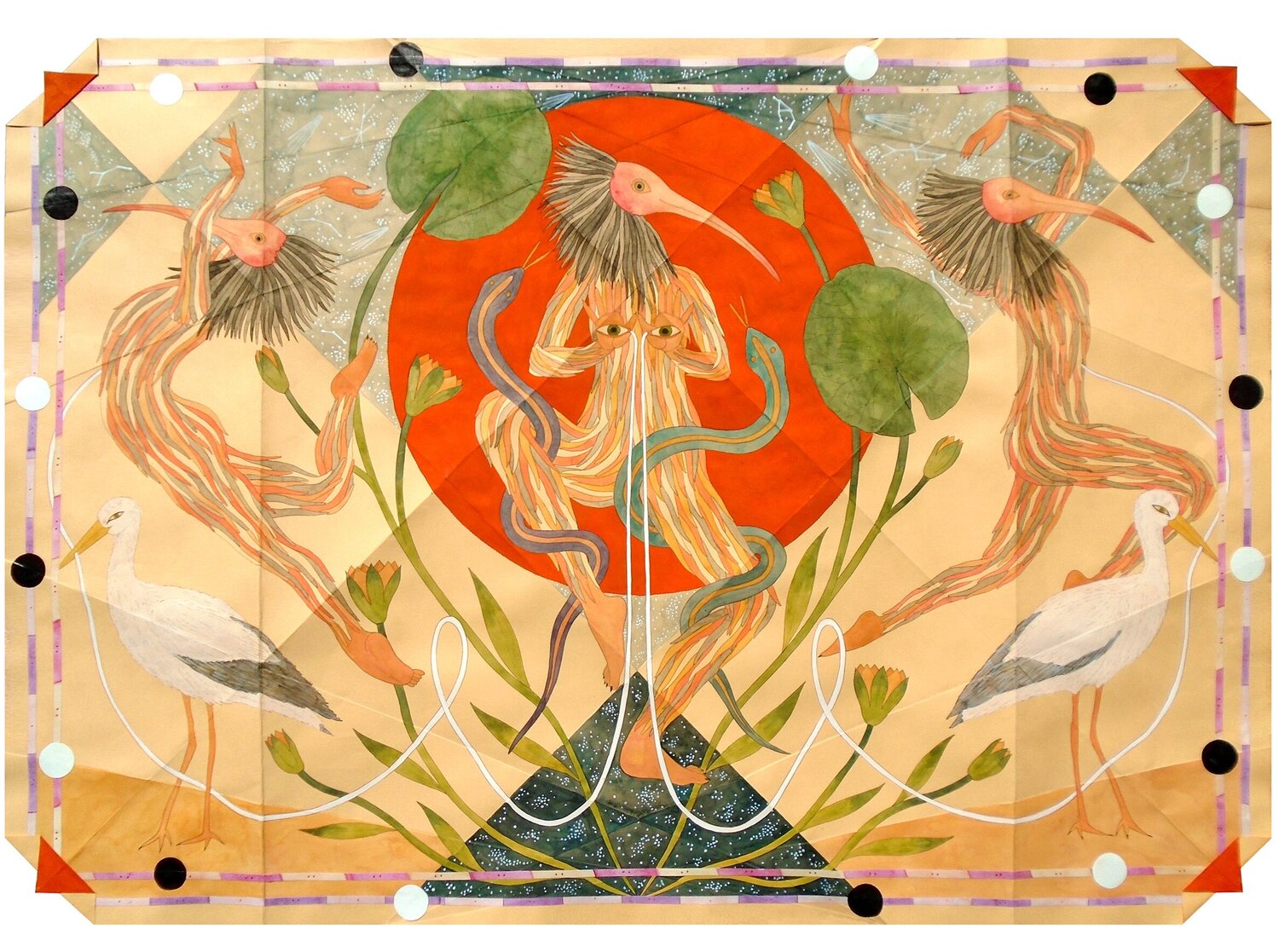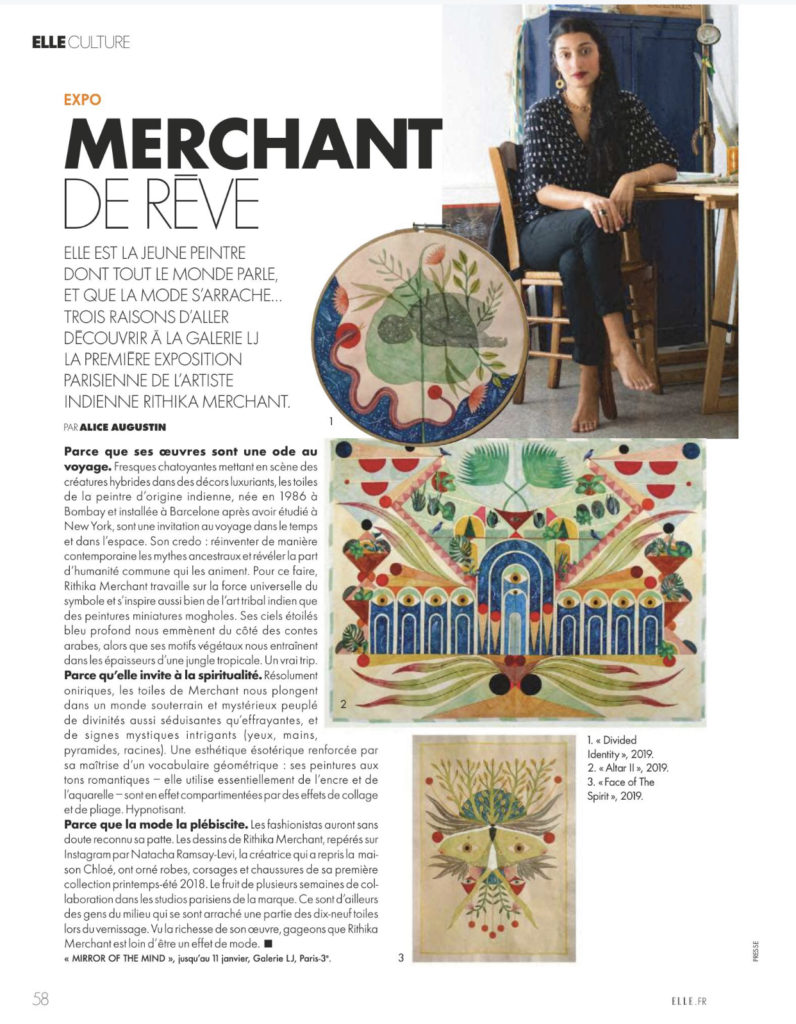Le travail récent de Swoon dans Playboy Magazine
After 20 years on the scene, the artist’s mythological creations evolve.
The artist known as Swoon sits at a sketch table in her Red Hook, Brooklyn studio, fiddling with a disembodied papier-mâché head.
“There’s nothing private,” she says, running a hand through her wild curls as I roam one of two rooms she rents in a labyrinthine artists-and-makers’ complex. Behind her hangs a large-scale mural depicting gritty but feminine myth-like scenes of motherhood. Smaller, ethereal cut-out portraits of women, many of them family and friends, are arranged in small clusters on the surrounding walls.
Because she hosted a party here recently, her studio is tidier than usual, she says, seemingly by way of apology.
The spaces Swoon creates are more often overflowing: Her recent show Cicada, at the Jeffrey Deitch gallery in New York, features a tangle of wire and cloth spilling out of the wall into a lush, overgrown swamp-like scene. Paper flowers and insects swarm a mer-like character, who cracks her ribs open to reveal snakes uncoiling from her heart. The fabric jumble appears to be gobbling up another figure, its limbs disappearing like moss-choked flotsam.
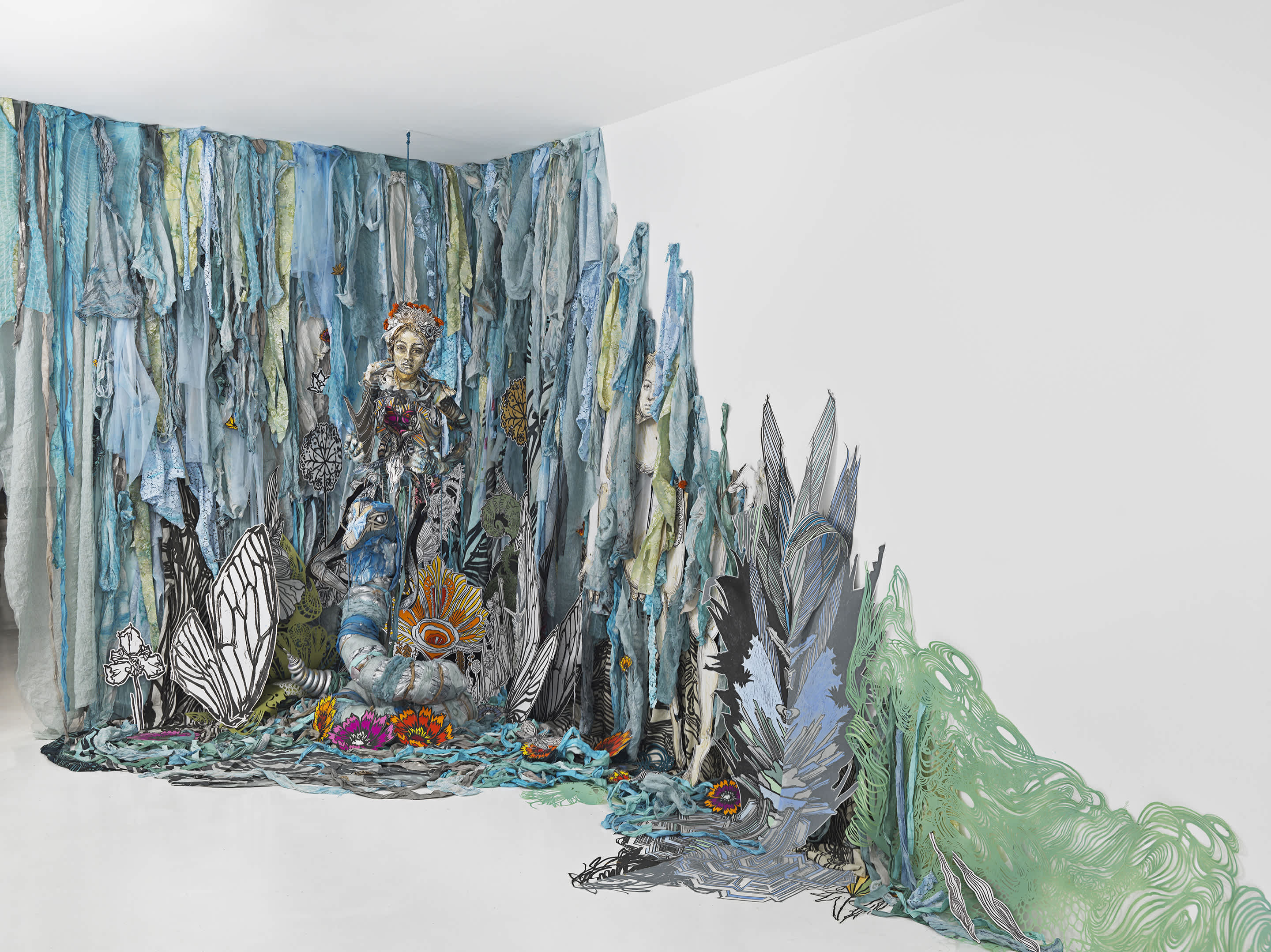
The recent body of work she’s been developing, beginning with Cicada, marks a new direction for Swoon. Injecting her characters with movement, she has adopted into her practice an entirely new medium she’s spent the past two years teaching herself: stop-motion film. Meanwhile, her visual language has taken on a more explicitly sinister and introspective tone, a departure for an artist who made her name beautifying the outside world.
Swoon, born Caledonia Curry in New London, Connecticut (she spent most of her childhood in Daytona Beach, Florida), began pasting her dreamy ink-block portraits on city walls in the late 1990s. Alongside peers like Shepard Fairey, Banksy and her good friend JR, she became central to a youth movement fueling street art’s ascent. Swoon was one of the few women to gain recognition in that world. Her bold, feminine murals, with nods to Greek mythology, soon captivated major museums and galleries, which she filled with immersive multimedia installations.
Her 2014 exhibit Submerged Motherlands shaded viewers under a paper tree that reached the height of the Brooklyn Museum’s 72-foot-tall rotunda. It was the museum’s first solo show dedicated to a living street artist.
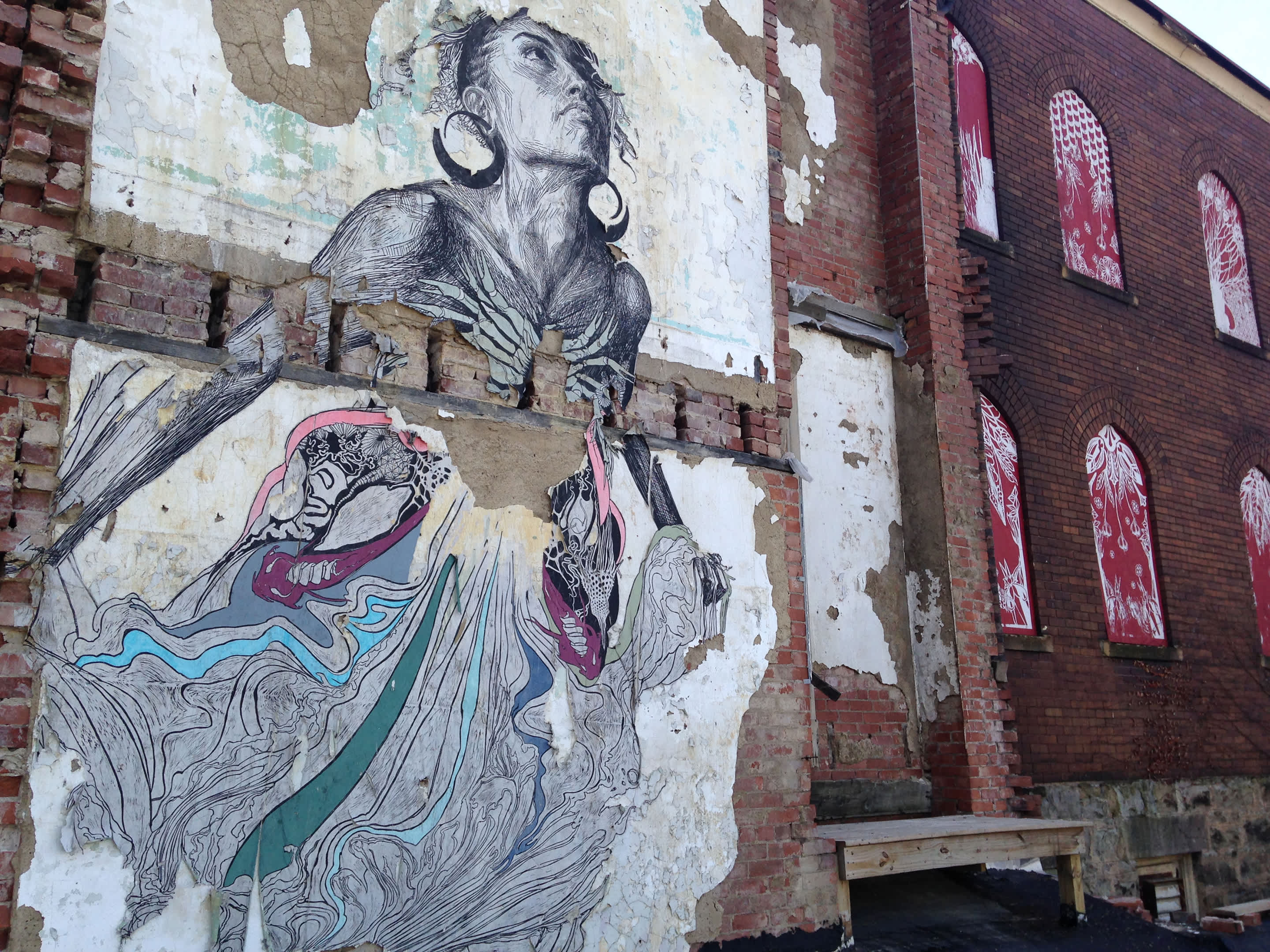
From early on, Swoon saw art as a medium for activism, creating “spaces of wonder” that bring people together. In New Orleans, together with the New Orleans Airlift collective, she created a musical village whose ramshackle treehouses double as functioning instruments. With her community of punk artists and DIY craftspeople she famously built three rafts out of garbage and sailed them across the Adriatic Sea and into the Venice Biennale, uninvited. The renegade crew invited onlookers to join them onboard.
“Swoon’s practice is based in generosity,” says Anne Pasternak, the director of the Brooklyn Museum and a longtime champion of Swoon. “She wants to create dignified, humanistic, beautiful things about people, for people. She uplifts those who are less visible in our society, and she transforms the most banal and even devastated sites into places for real beauty.”
After the 2010 earthquake in Haiti, Swoon launched a decade-long project building colorful, disaster-resistant homes in the remote village of Cormiers. Having just finished the rafts, Swoon says, “I was working with a lot of artists and builders that knew how to confront exceptionally difficult situations and problem solve in unusual ways. I had an instinct that we could make that skillset useful.”
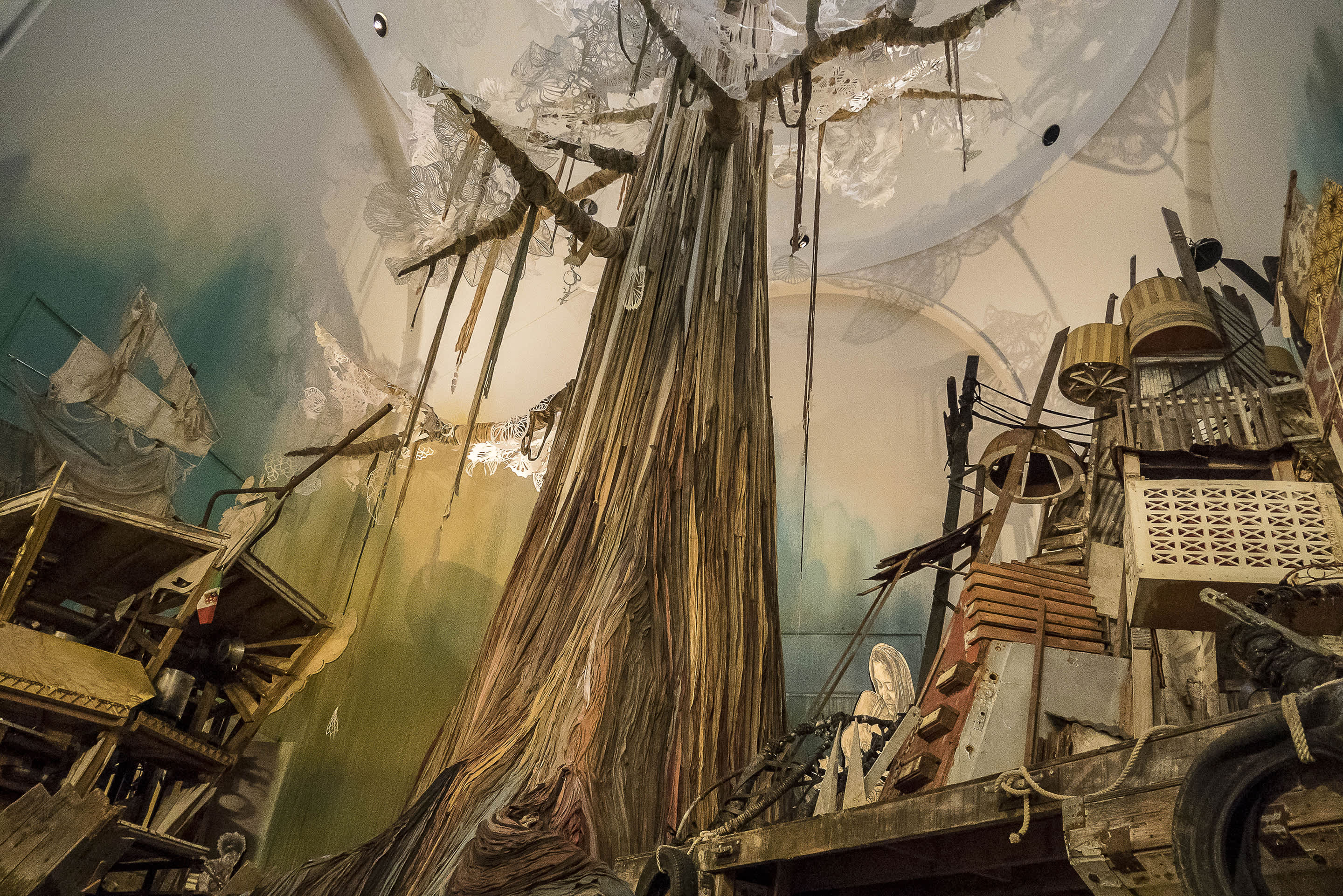
In Philadelphia’s Kensington neighborhood, which has one of the highest rates of opiate overdoses in the country, she leads an art therapy workshop for people in the throes of addiction. It’s a project she plans to grow in tandem with her outspoken efforts to combat the stigma surrounding addiction.
If there’s a thread that runs through Swoon’s diverse body of work, it’s “that idea that creativity can be a really powerful part of how you rebuild after disasters of any kind,” she says. “Social, physical, all different kinds.”
Swoon’s early life was colored by the chaos of her parents’ heroin addiction and struggles with mental illness. Forgiving them took years of therapy and meant reconciling memories of fear and trauma with memories of joy. “I literally thought my mom was going to kill me sometimes,” she says, describing a weeklong psychosis her mother experienced when Swoon was six. “And my mom would bake big zucchini bread and take me to art classes and be this wonderful person, and those two things are just true.”
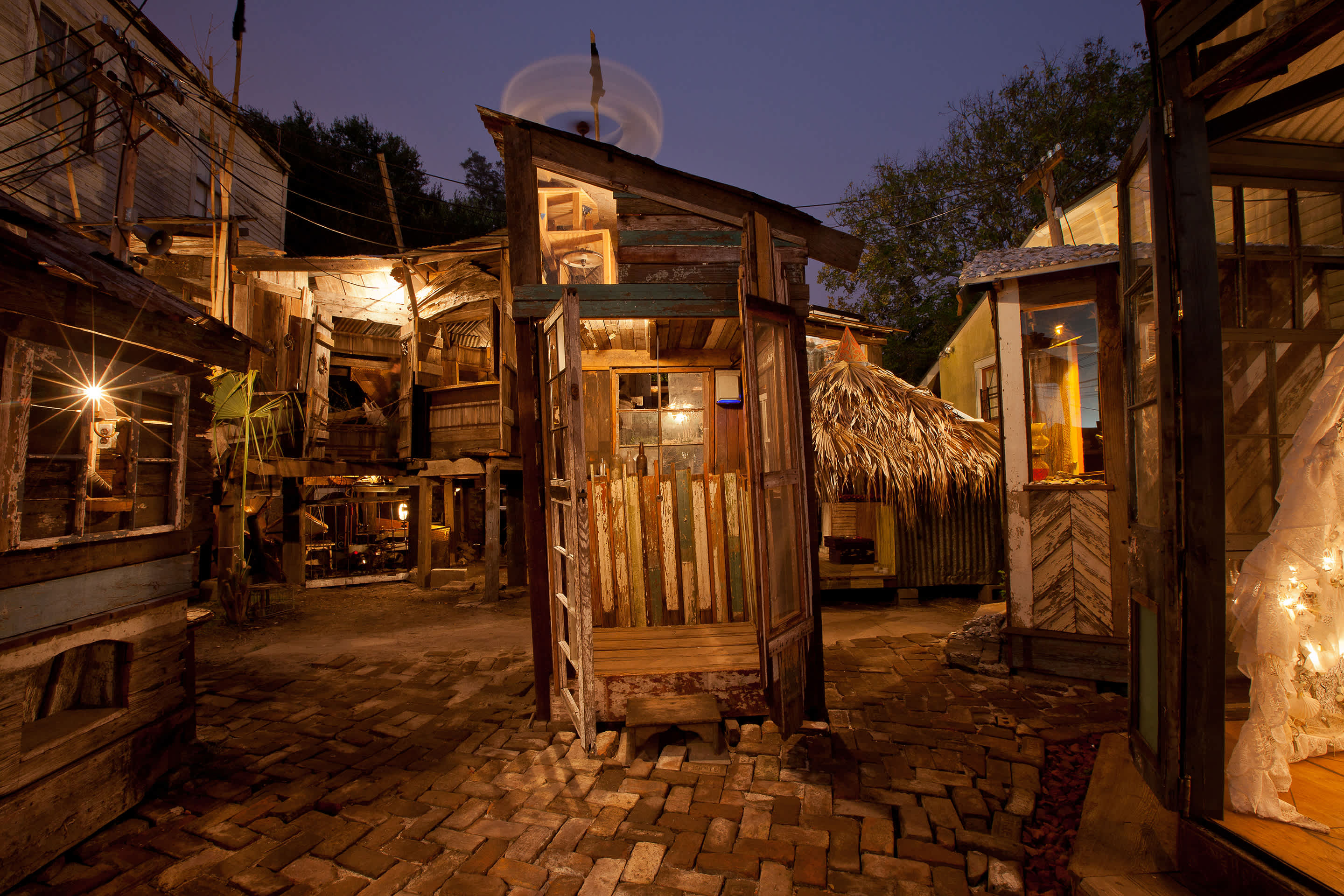
That dual nature became a central refrain in Swoon’s work, the figure of “dark mother goddess” looming large in many of her installations. Partially autobiographical, her art was both an escape and a form of therapy.
“Almost whatever I’m doing, it’s going to be through art,” she says. “Am I thinking through a problem? It’s going to happen through art. Am I healing all these old wounds? It’s going to happen through art. Am I getting friends together? Art.”
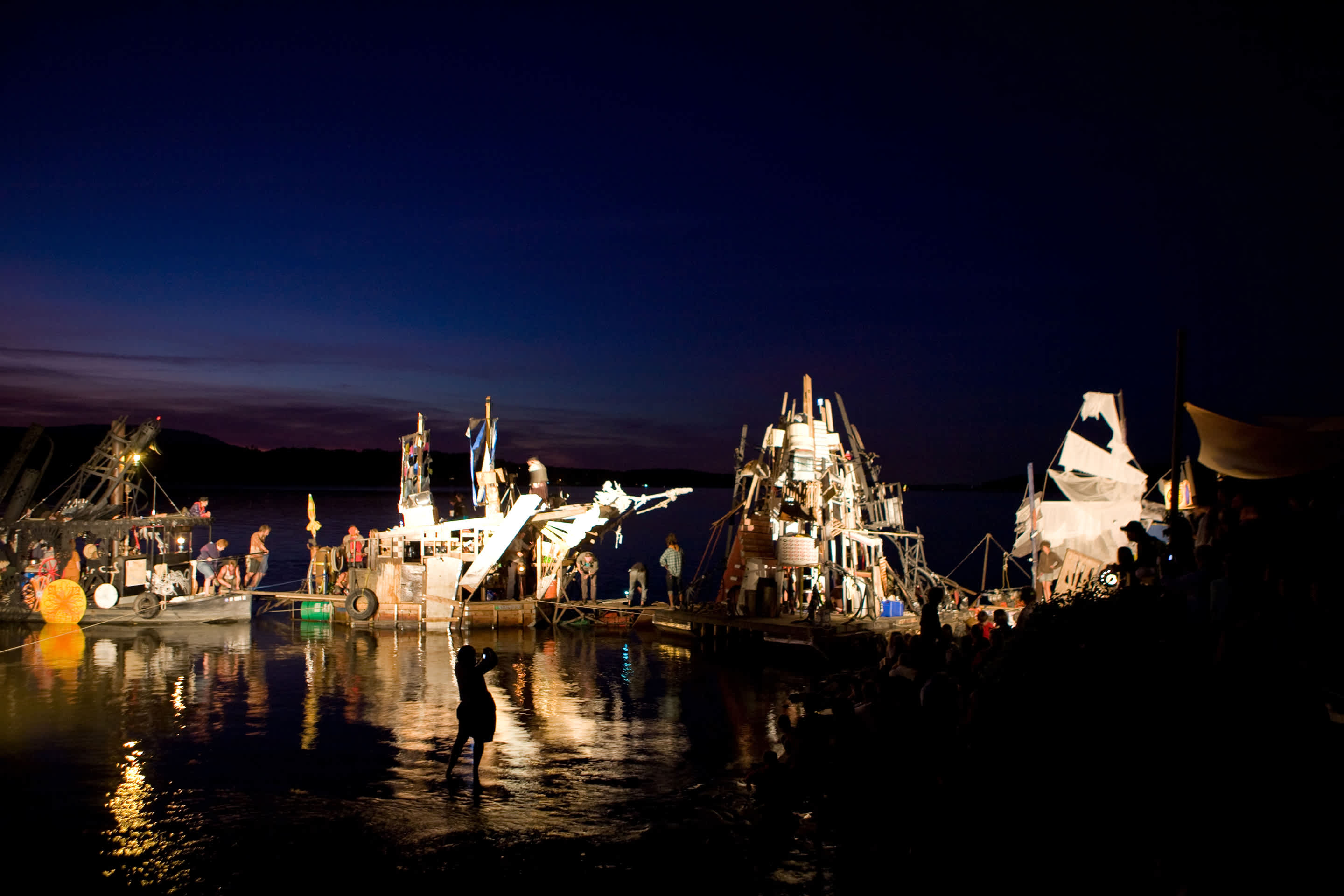
In Cicada and in her growing body of stop-motion films, Swoon uses art to go inward, unearthing the trauma lodged in parts of her mind she hadn’t dared explore.
Behind the swamp-like installation that welcomes visitors to Cicada and an adjoining room filled with portraits of her friends is the show’s centerpiece: a small movie theater where a five-minute, semi-narrative reel brings Swoon’s characters to life.
